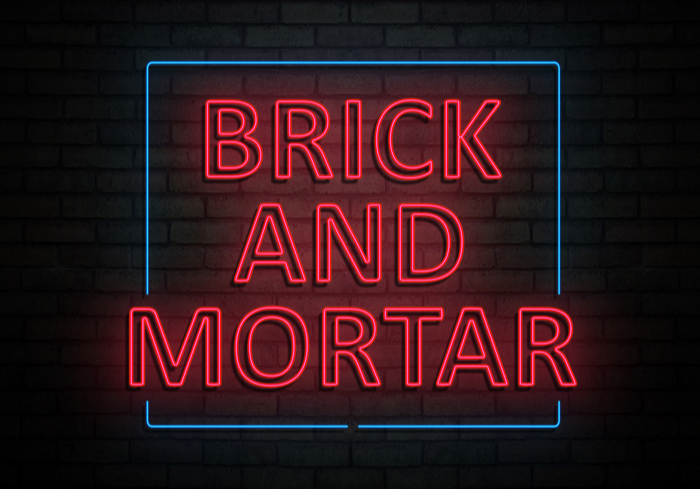
To meet consumers where they want to shop, retailers are taking an omnichannel approach to their offerings. Some customers — those of the brick-and-mortar persona — just want to shop in-store and haven’t purchased anything online over the past three months.
And retailers are taking notice: Walmart, for example, recently introduced meal kits in its stores after selling them exclusively online.
The meal kits are designed to serve two people and sell for $8 to $15. Walmart customers can buy them in the store or — in another omnichannel twist — through the retailer’s online grocery pickup service.
Still, many retailers must improve their omnichannel offerings to serve customers who want to shop in-store, online or through a combination of both channels. Retailers, after all, have an average satisfaction score of 37.9 out of 100 for omnichannel features, according to the PYMNTS Omni Usage Index. Here’s how five brick-and-mortar retailers are adapting to the demands of omnichannel commerce.
Target — About 9.2 percent of large-format, brick-and-mortar consumers shop at Target. In the Dallas-Fort Worth area, for example, Target is beginning to experiment with a new rewards program. Dubbed “Target Red,” the new program will not be linked to a debit or credit card, The Star Tribune reported. Joshua Thomas, a Target spokesman, told the newspaper, “We know not everyone wants another credit card. So, we want to find a way to grow our relationship and affinity with those guests.” Through the free new program, shoppers can take 1 percent off purchases and put it toward future visits at Target, without having to use a Target-branded credit card.
Old Navy — Another 9.2 percent of large-format, brick-and-mortar consumers shop at Old Navy. Around the time of the 2018 Winter Olympics, Old Navy took an omnichannel strategy for selling Olympic merchandise through both brick-and-mortar and eCommerce channels. The retailer offered a collection of Team USA knit mittens, winter hats and knit scarves in its Times Square location — not too far from the Team USA store. But it also sold the gear through its website in addition to TeamUSAShop.com.
Walmart — Just over 7 percent — or 7.2 percent — of large-format, brick-and-mortar consumers shop at Walmart. To help make the retailer an attractive destination for apparel, Walmart is also redesigning its clothing departments to help customers find new styles. Starting in March, and by the fall of 2018, the majority of the retailer’s stores will feature upgraded displays, new signage and stylized photography for each brand. In addition, the retailer will remodel some of its stores to include open floor plans — as well as renovated fitting rooms. The news comes as Target launches a lifestyle clothing brand for women featuring lots of denim and even lower prices than its current women’s apparel lines.
Kohl’s — About 6.4 percent of large-format, brick-and-mortar consumers shop at Kohl’s. In 2017, Kohl’s announced a partnership with Amazon to use its physical store network to accept returns from Amazon customers. The announcement followed news earlier in Sept. 2017 that Amazon would create its own storefront inside Kohl’s physical stores to sell its line of Alexa-powered devices. The partnership news started a chain of media reports describing Kohl’s decision as a “deal with the enemy” and the “wrecker of brick-and-mortar retail” by a player (meaning Kohl’s) down on its luck. And, of course, more recently, Kohl’s announced a partnership with ALDI to test-drive groceries at up to 10 of Kohl’s department stores.
American Eagle — Just over 5 percent of large-format, brick-and-mortar consumers shop at American Eagle. How does a company that relies on teenagers for the bulk of its commerce keep sales up in an increasingly competitive fashion environment? By taking the advertising to the one thing any teenager in America can’t bear to be apart from for more than a few seconds: their smartphones. The bulk of the American Eagle strategy, in an attempt to drive sales and consumer traffic to the retail outlet and website, has been through in-app promotions and geo-targeting potential customers with localized discounts, as well as a chat function where customers can talk to each other and customer representatives about the various clothes on offer.
For meal kits, retailers such as Walmart have a few advantages when selling them through their channels. Walmart doesn’t require its customers to purchase subscriptions, unlike meal kit delivery services like Blue Apron and HelloFresh.
Traditional meal kit providers tend to rely on subscriptions to support their business models, which often involve costly and complex delivery processes. And retailers like Walmart already have a built-in distribution network — their stores.